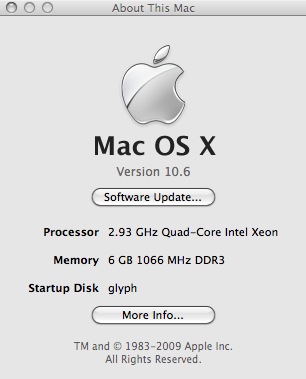Mistersquid’s Web-Based Photo Album
In an Age Before Web-Based Student Information Services
In 1998, a faculty at the University of Virginia English Department ran into a problem many academics will recognize. A former student of his had asked him for a recommendation. The student had done exceedingly well in the course and was among the top in her class. The faculty remembered the subject and caliber of that student’s work and was pleased to write a recommendation for her. The trouble was that he could not remember the student as a person. Not her face, her style, her speech. Nothing. The faculty asked the then Director of Graduate studies, Alison Booth, if he the departement had a photograph of the student. Alison threw up her hands.
At some point that summer, I came around to Alison looking for more money. She asked me if I was able to provide a solution for the department and secured a small stipend for me to whip up a small CGI script. Nice work if you can get it. My final script required someone to manually update a flat text file (translation: not database driven) and put pictures in a specific/specifiable directory. The design wasn’t going to win any awards, but it didn’t require the command line and it did work. Navigation was simple and results could be sorted by first name, last name, and computing id.
The department never implemented the script and, considering how rinky-dink it was for even then, I’m grateful. What that project ultimately produced was an opportunity for me to familiarize myself with some basic concepts in server-side scripting and PERL programming. I also slept a little better that summer thanks to having enough money to eat three squares a day.
Post-Flickr and the Open Source Revolution
Fast forward one decade and the 2004 launch of Flickr. The idea of a casual and clumsy scripter such as myself producing a web-facing photo service can’t even be called redundant because I could never provide half the functionality of a service like Flickr. Not in decade, not in a lifetime.
I opened my own Flickr account, mister_squid, to comment on some picture somewhere. Outside of commenting to other users’ photos, I have not used Flickr because I don’t like Flickr’s presentational aesthetics.1 Whenever I visit Flickr to see someone’s photos, I often have to refocus my attention against and through the blaring white expanse of screen. White is great for brick-and-mortar museums but horrible for back-lit screens.
Plus, I’m to this day wary about entrusting my data to a third party. I’m part of a thin sliver of people who deploy and host their own Internet services, people who believe that it’s not yet worth maintaining an account with a web-based Internet service given the churn of service consolidation and provider failure. Enter, the open source and free-of-charge Gallery.2
After kicking the tires, I liked Gallery enough to launch my own photos on the web. I will upload more pictures in the coming weeks, while adjusting the file hierarchy and renaming individual files. Links to specific will appear and die and then reappear somewhere else. Eventually, I may begin reposting some of my pictures to other web services, including this blog and Flickr.
I hope you enjoy browsing my pictures and, please, feel free to comment if you’d like.
